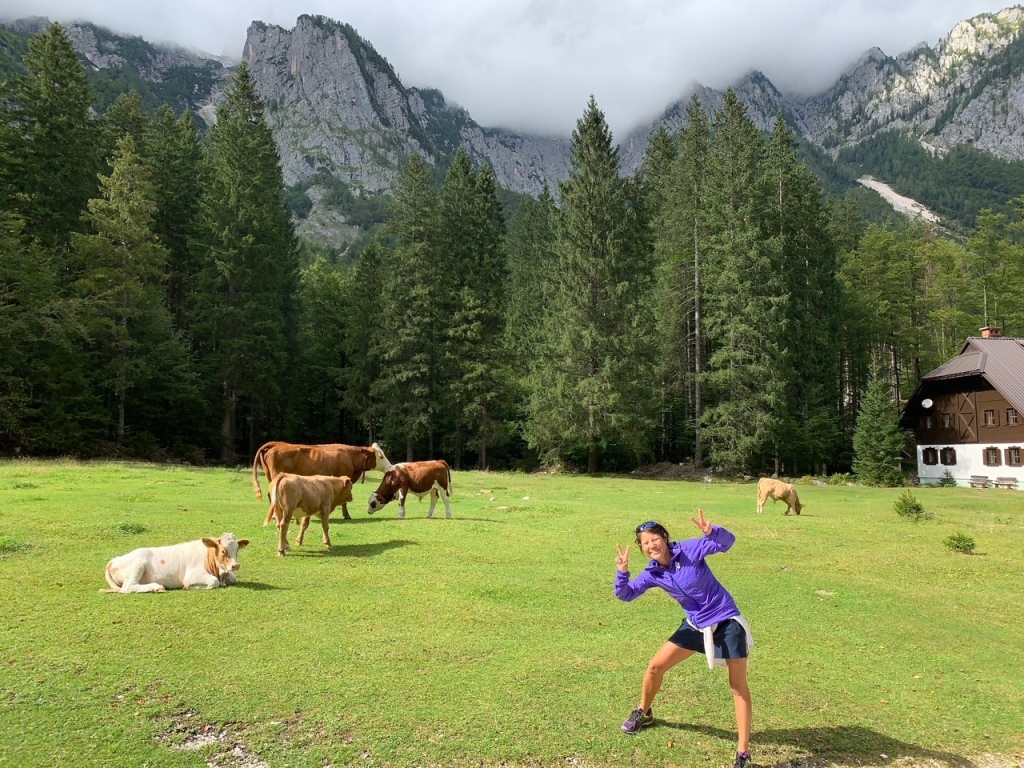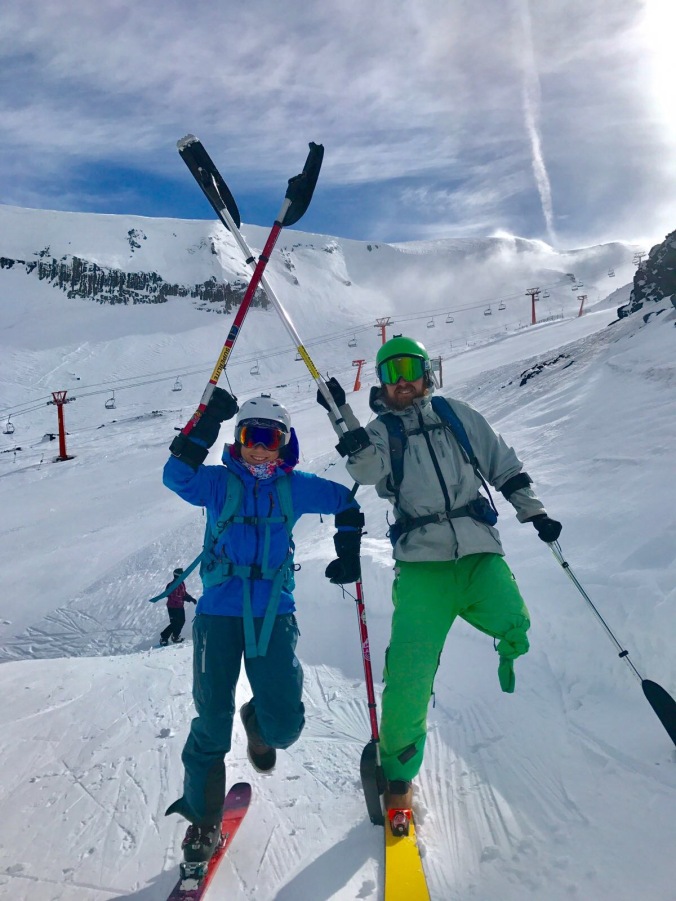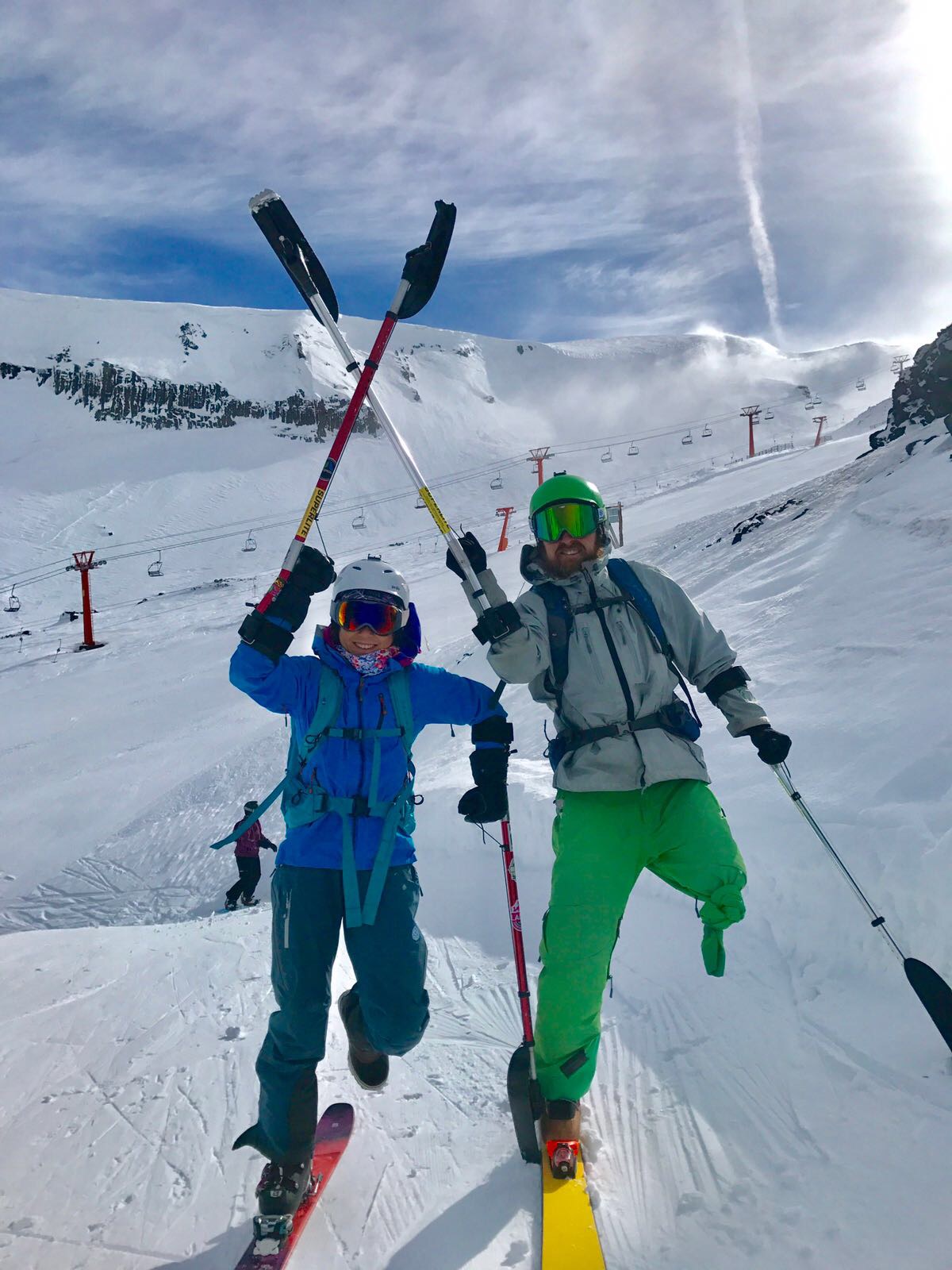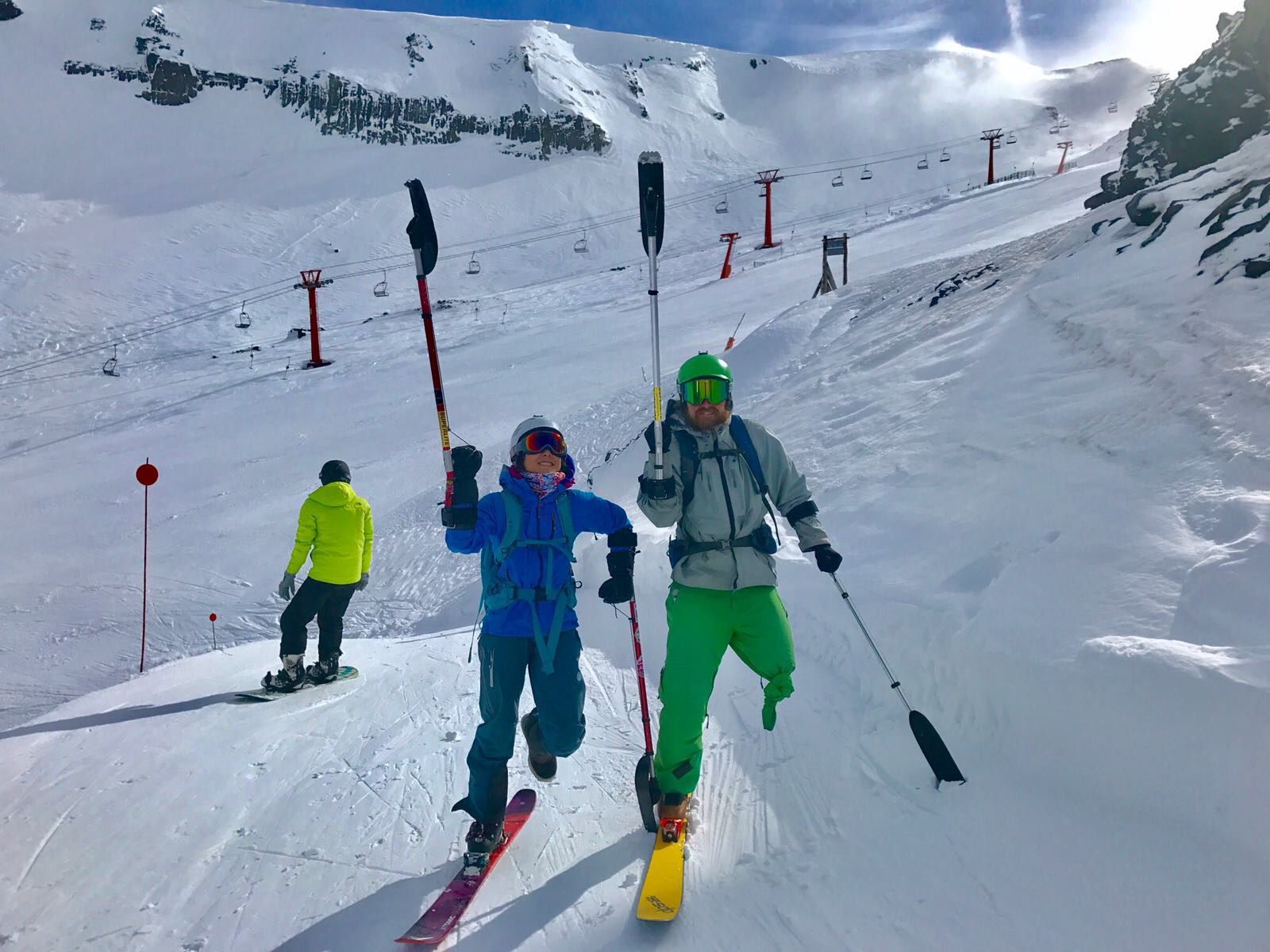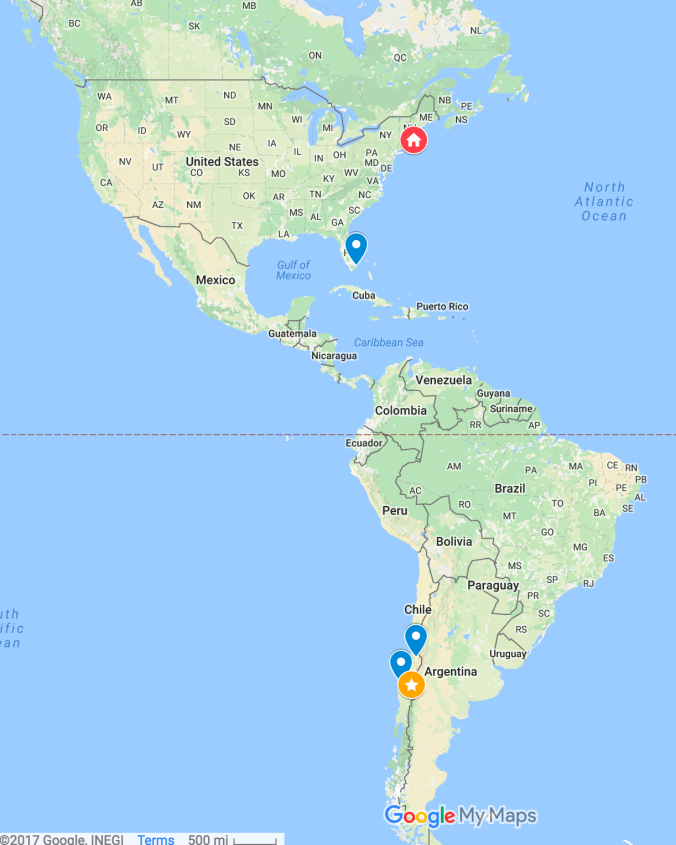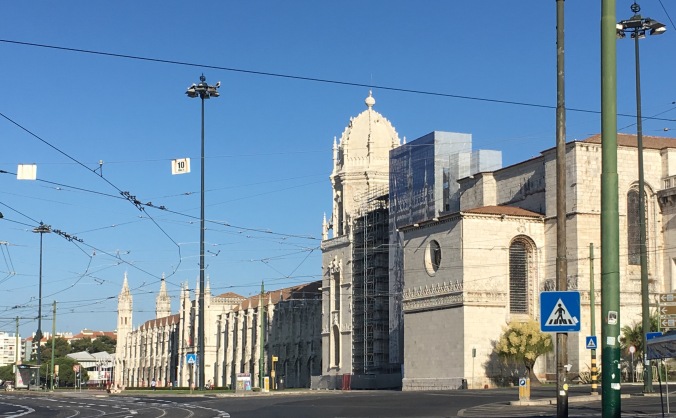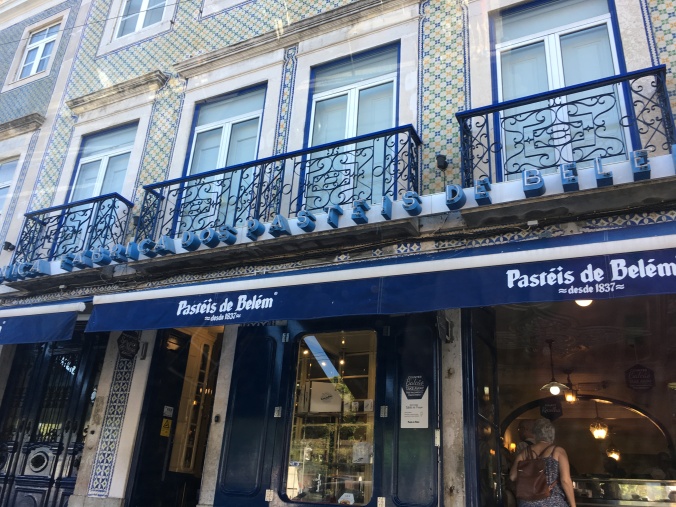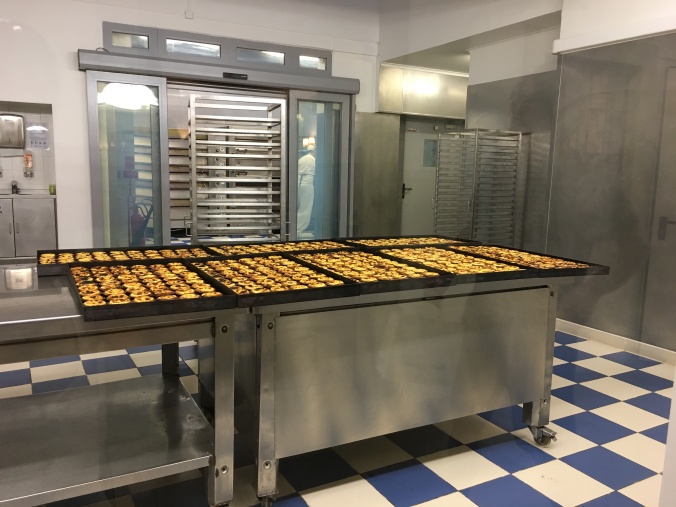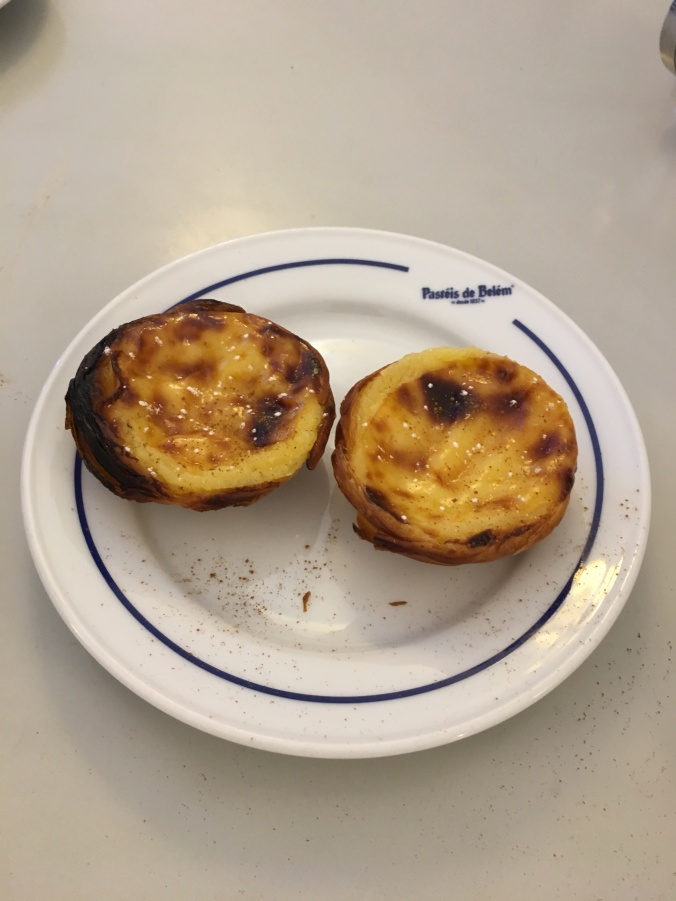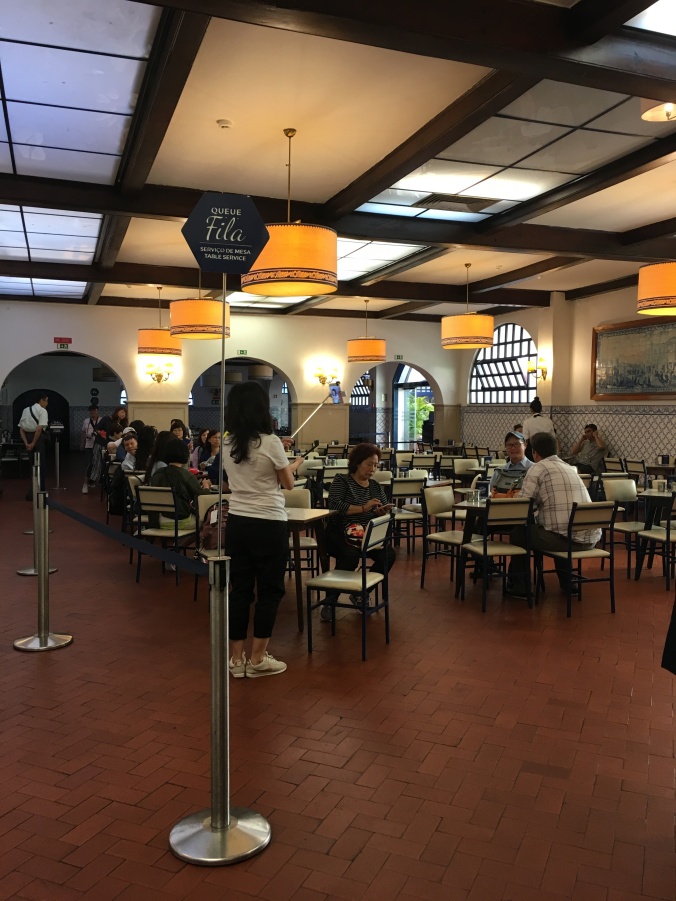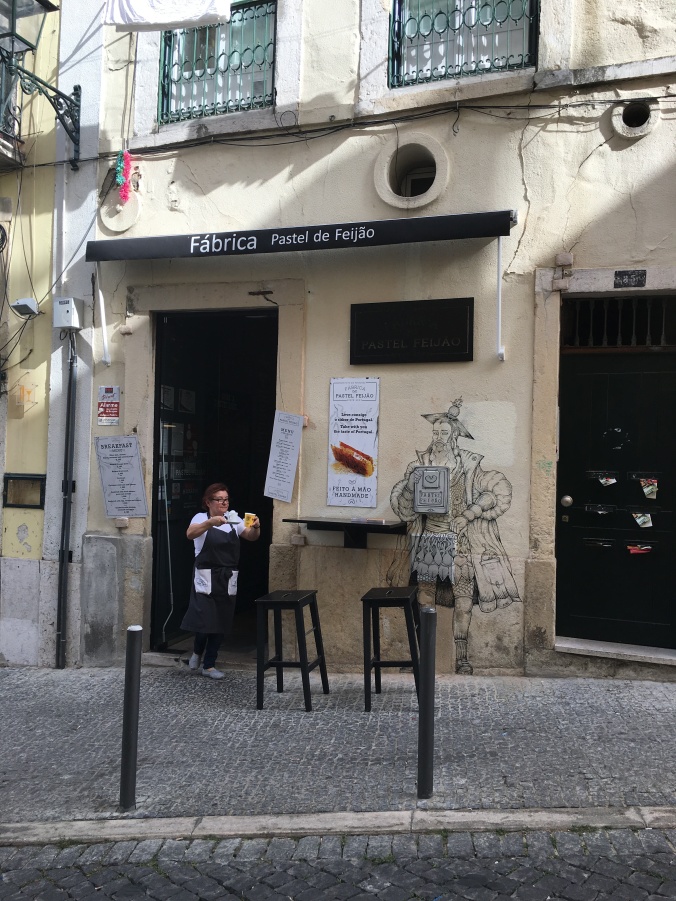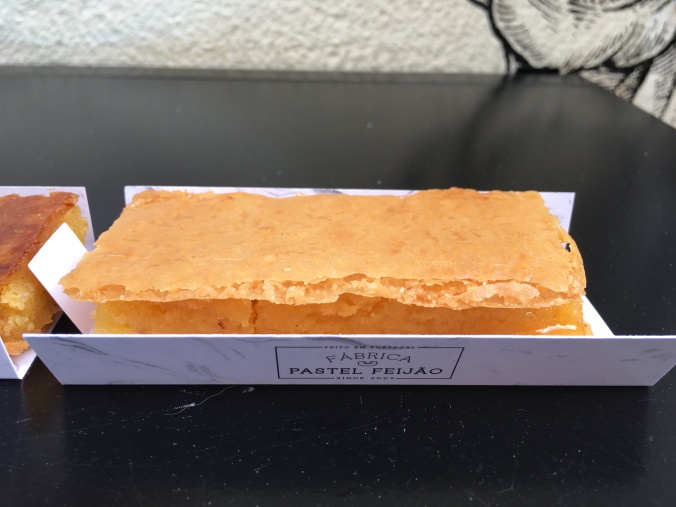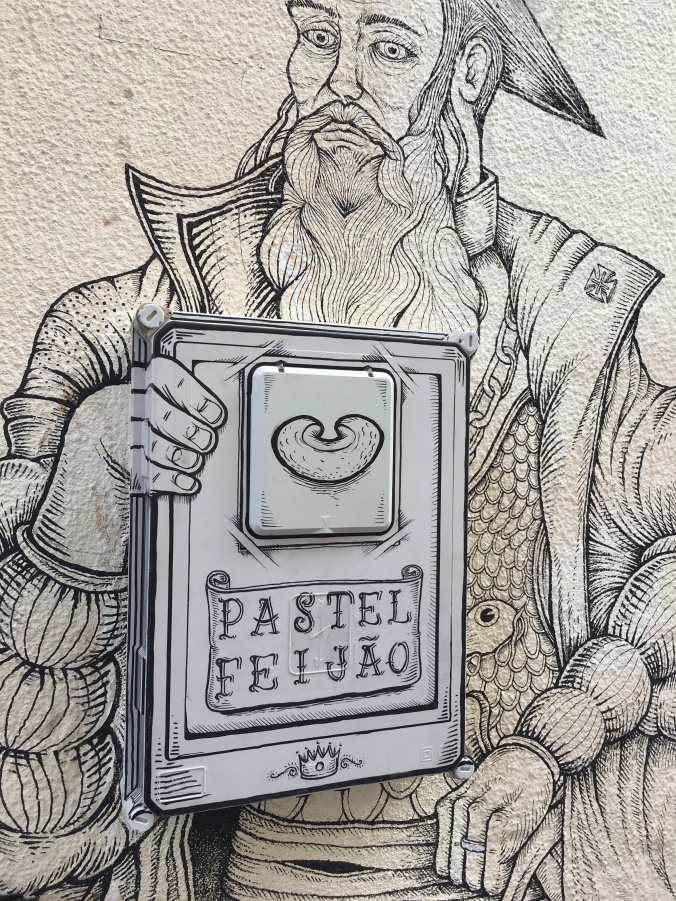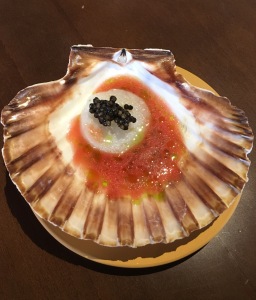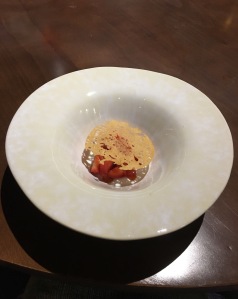It’s only been, oh, only five years since I have written anything. My absence can be attributed to health issues and their associated mental health effects. I have also travelled a lot since and it felt a bit overwhelming to try and document all these travels, as well as many major life events.
What really initiated my hermitude was my bowels deciding to stop working. This was likely due to the heavy course of antibiotics required to save my life during my very close call with sepsis in 2016. Managing my bowels became a nightmare and I retreated indoors and into myself to try and avoid embarrassing and humiliating accidents in public. The situation got to the point where I attempted suicide because I was just done dealing with all that shit, pun intended. My bowel situation has achieved a steady state, where I have adapted (or maybe the better term is conditioned) and am no longer feeling suicidal about it. It has been limiting though and there is a lot of sadness associated with some things I can’t do anymore, such as hopping on a sailboat and sailing around the world at a moment’s notice. There is a lot more planning involved (e.g., adjusting bowel schedules days ahead in anticipation of events), having the necessary supplies on hand (no travelling light anymore), and so on. Sometimes, I feel angry that I have to deal with all this and that it takes up so much mental energy and time. I actually haven’t even been camping, something I love, since my bowel situation worsened.
Another exciting medical event occurred when it turned out I had a raging bone infection (osteomyelitis) in my pelvis. Several symptoms presented themselves but I had no clue what the cause was. For example, I was eating about 4000-5000 calories a day and still staying under 100 pounds. I was also going hypoglycemic frequently, despite eating vast quantities of food. The hypoglycemia was bad in that it often hit me while I was skiing. I would lose my sense of balance and not even be able to make it down green or blue runs. Ski patrol was called out a few times to get me off the mountain. That was embarrassing. Initially, I thought it might be a thyroid issue but the results returned normal. It was only because I had decided to remove the steel rods in my pelvis because of some irritation I was experiencing that the surgeon discovered the osteomyelitis. A routine 30-minute procedure ended up taking several hours as he debrided the infected bone. If osteomyelitis progresses too far, amputation can sometimes be required, so it was fortunate they caught the infection when they did. My orthopaedic surgeon hypothesized that bacteria entered my body via the massive surgery to collect the pieces of my pelvis together (my climbing accident in 2010). Apparently, bacteria sitting on metal can lie dormant for a very long time before deciding to make their presence known. In my case, it was 8 years.
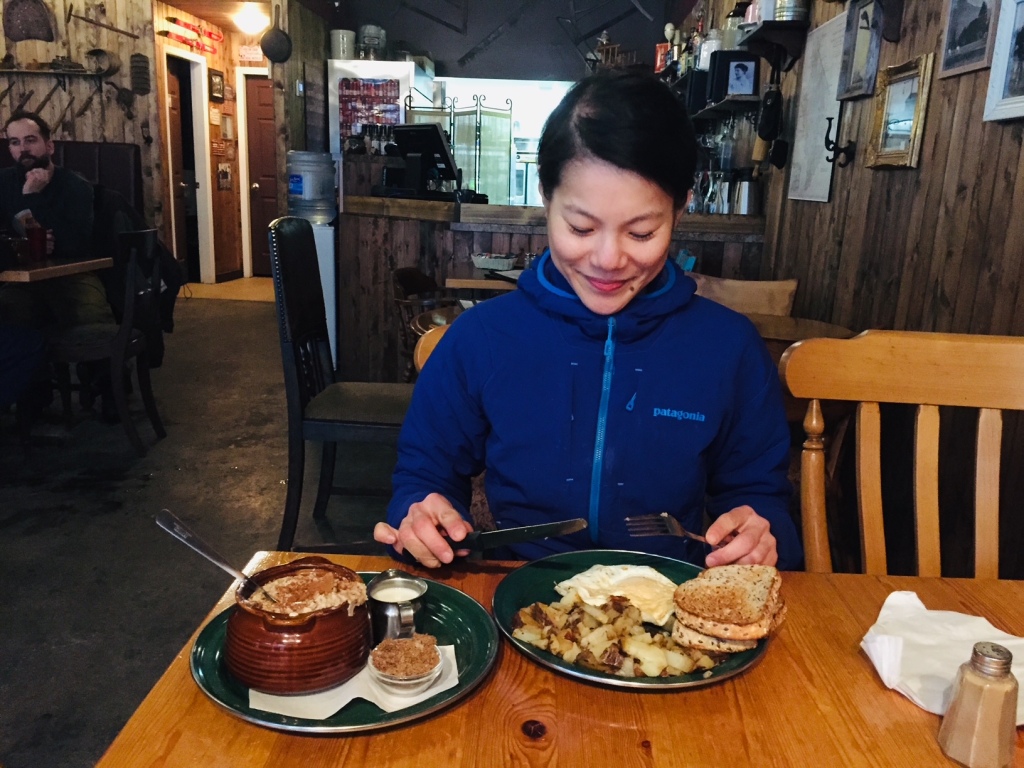
I bounced back, as I tend to do, and have travelled to Portugal several times, Italy a few times, Greece, Croatia, Slovenia, the French Alps, Myanmar, and Hong Kong since. Too many pictures to post here. I am heading to Northern Spain in a few weeks too.
I have also been spending winters in Canada for the last few years. Why am I going in the opposite direction to everyone else? Canadian border control wonder the same. Well, for one, it is nice to be among somewhat sensible people for a change. But mainly, it’s because I like to ski and have been skiing with an amazing organization called Rocky Mountain Adaptive (RMA). That will be another post on its own as there is much to say. I was a pretty good skier before I started skiing and volunteering with them, but my skiing technique and awareness have reached new heights since. I have been living in Canmore, Alberta, a town set in the beautiful Canadian Rockies, for close to 6 months of the year when I am in Canada. Again, I will post separately on my experiences travelling to/from and living there.
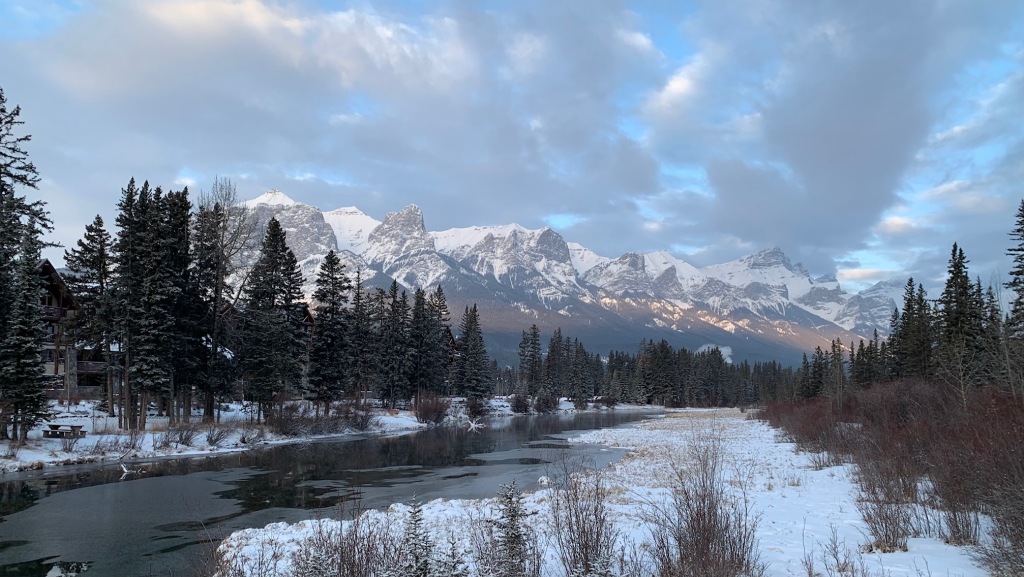
Oh, I also got a Masters in Psychology and am more than halfway through getting my Masters in Social Work because I want to become a psychotherapist. I chose to become a licensed clinical social worker over a PsyD purely for economic reasons. The cost of higher education in the U.S. really is criminal. I have been doing this all while working so that is another reason for not writing. It really is silly to have three Masters, versus just getting a doctorate, but that’s just how my life unfolded.
I also have the best dog ever. And I say that completely objectively. I am sure he could have his own social media profile but I am too lazy. He is simultaneously super friendly and a bit timid. He contains multitudes :) He is of quite average intelligence but has the most wonderful personality.
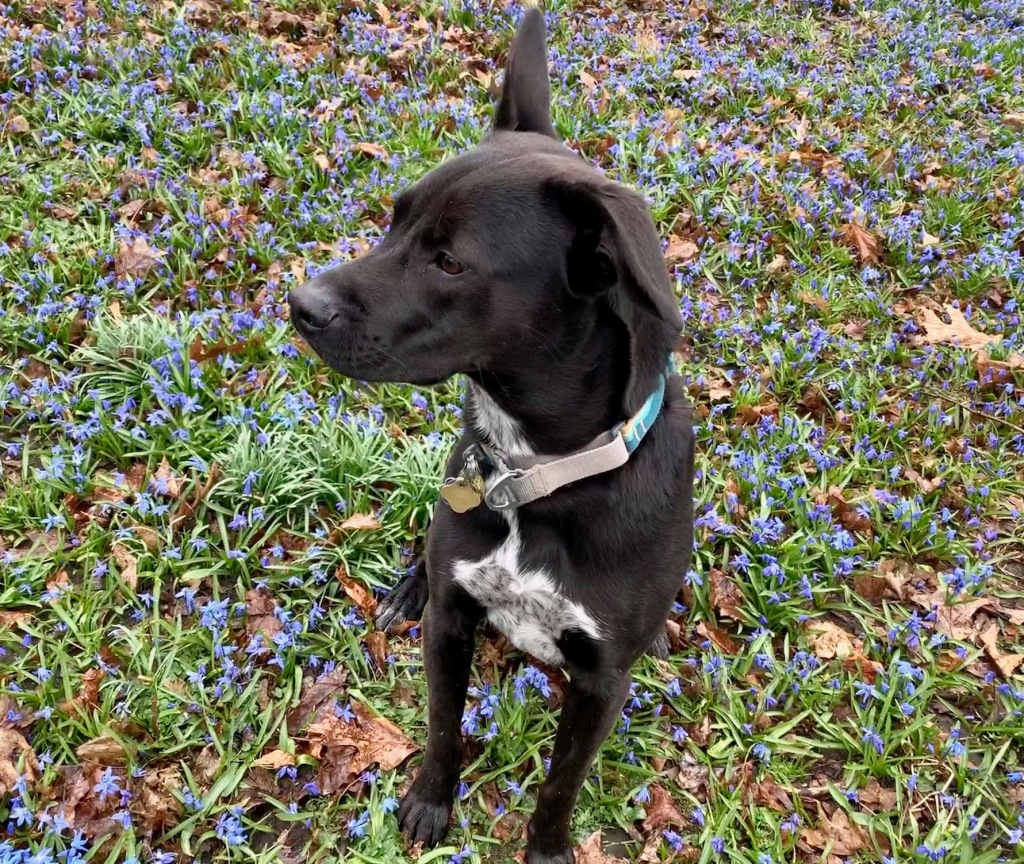

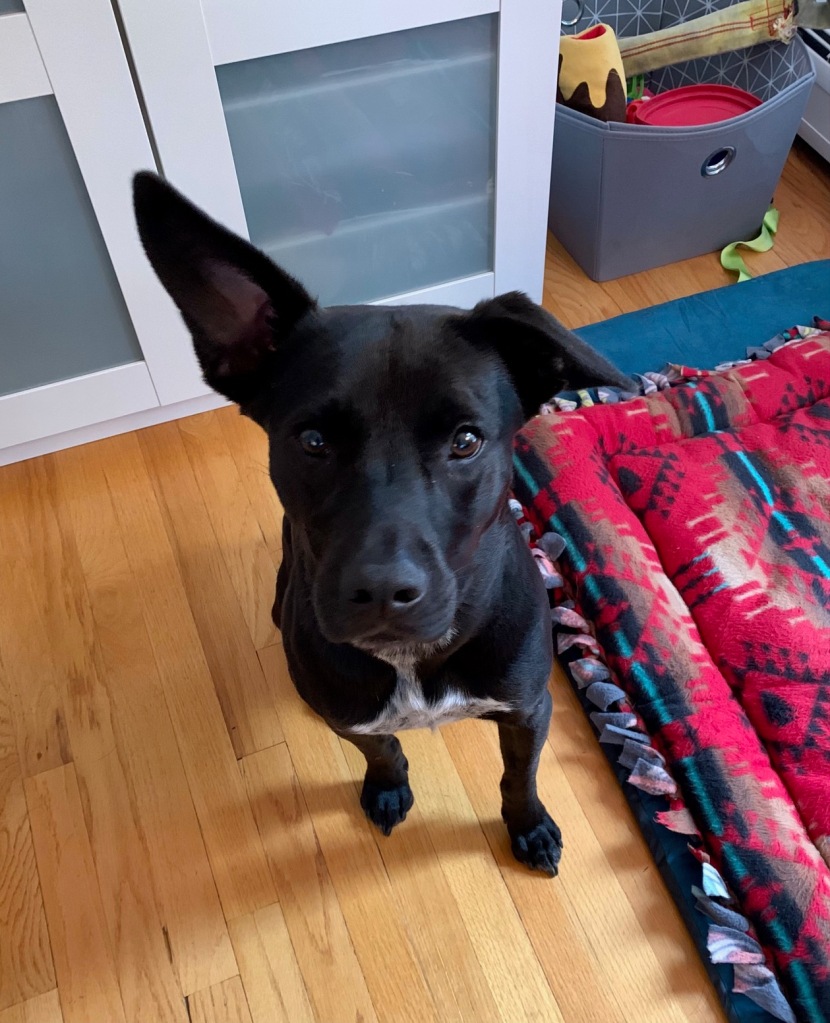
I suppose I have had lots of cool experiences in the last few years. It sounds ungrateful, but sometimes I am not impressed or really joyful because they aren’t adventures in the physical sense. I feel quite sedentary and middle-aged at times and wonder whether I have the same motivation and yearnings for such adventures. I feel the answer is Yes but I don’t really have anyone to do these with. I don’t know whether I want to devote so much time and energy to climbing as I have done in the past. Even after all these years, it has been difficult to find a substitute that fulfils me in the same way. I’ve started to stand-up paddle board surf, which is tricky with my weak leg, but it isn’t the same. That being said, my unusual career shift could be considered an adventure. I don’t know anyone else who was an engineer, now working in the sustainable investing space, turned therapist!
Anyway, I just wanted to say a very belated Hello and give you all a large virtual hug.
